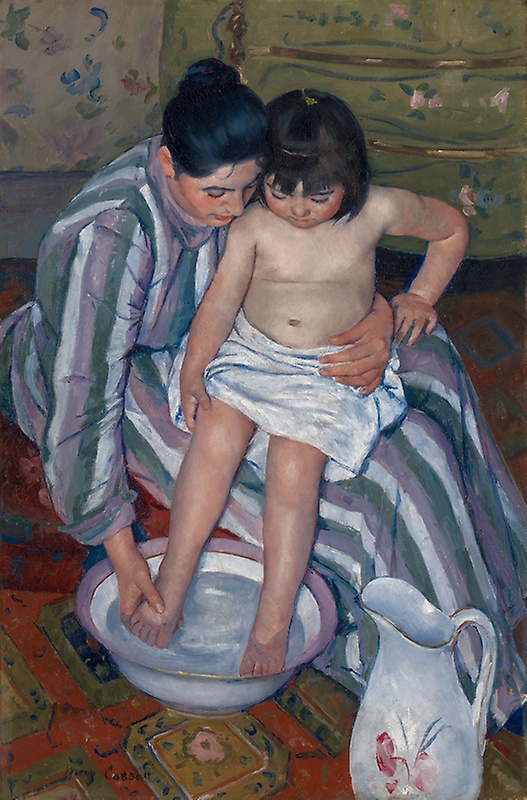Realism is the accurate, unembellished, and detailed depiction of nature or contemporary life. The movement prefers an observation of physical appearance rather than imagination or idealization. Realism in the visual arts is the depiction of subjects as they appear in everyday life, without embellishment or interpretation. The term also describes works of art which, in revealing a truth, may emphasize the ugly or sordid. Realism often refers to the artistic movement, which began in France in the 1850s.
The popularity of realism grew with the introduction of photography, a new visual source that created a desire for people to produce things that look “objectively real”. Realists positioned themselves against romanticism, a genre dominating French literature and artwork in the late 18th and early 19th century. Undistorted by personal bias, Realism believed in the ideology of objective reality and revolted against exaggerated emotionalism.
Realist artists chose subjects from everyday life around them. Often we see in their paintings images of some the poorer members of society. Before this, such subjects had been deliberately overlooked by many artists.
Naturalism, a term widely used in the nineteenth century, was employed by novelists, artists, and art critics as a synonym for realism. But, in fact, naturalism was a much more complex term. Naturalism is a type of art that pays attention to very accurate and precise details, and portrays things as they are.
Some writers restrict the terms "Naturalism" and "Realism" for use as labels for period styles of the middle and late nineteenth century in Europe and America, thus making available the terms "naturalism" and "realism," all lowercase, for tendencies of art of any period so long as the works strive for an accurate representation of the visible world. All art is conventional, but artists following the tendency "naturalism" profess a belief in the importance of producing works that mimic the visible world as closely as possible. Thus, "Naturalism" is tied to time and place, whereas "naturalism" is timeless.
